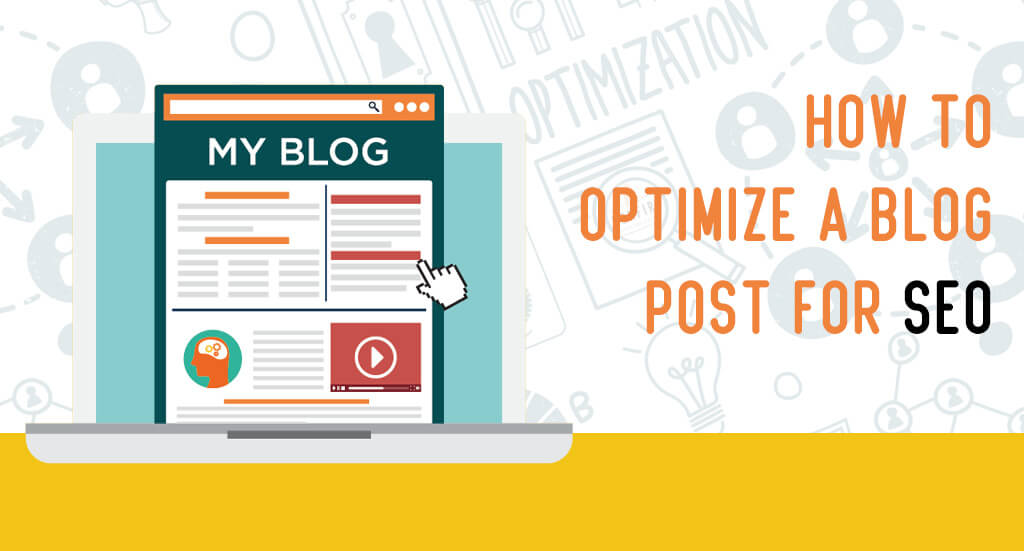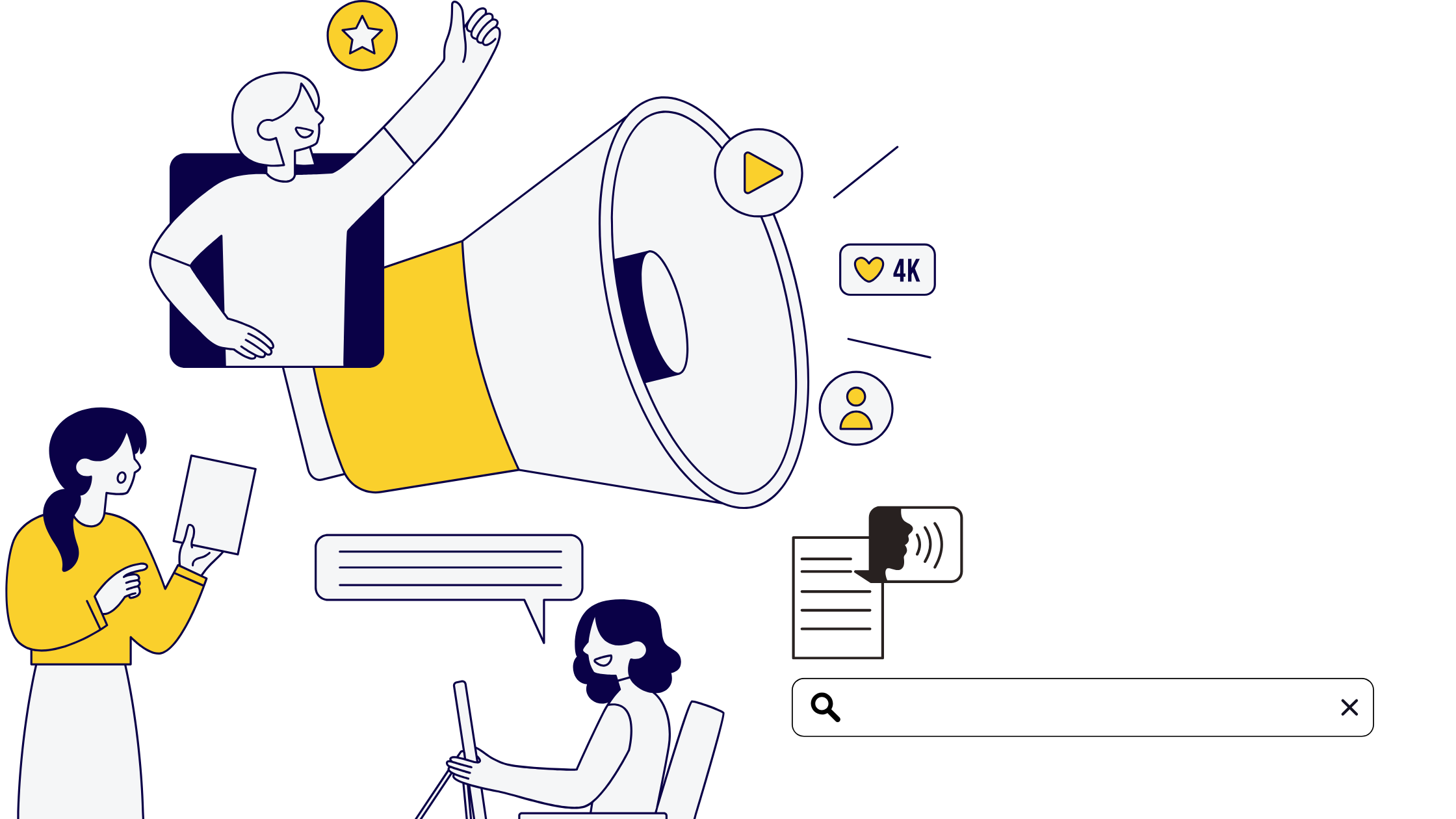In our last article, we looked at three of the first steps you needed to optimise your blog post. If you are ready to optimise it further, here are a few more things you need to keep in mind.
Internal Linking
Internal links are a great way to build a network of all your content. It helps new readers find older relevant posts. It also helps your on-page SEO as bots can create a map of all your content by identifying a contextual relationship between your new and old posts.
A common mistake made by a lot of beginners is to do a 1-way internal linking where they only link new blogs to older ones. You should consider also going back and editing older blogs as you publish new and relevant content for maximum benefits.
Add a meta description to your blog
Another important step in optimising your blog post is adding a meta description. You want to ensure that you mention your focus keyword at least once in the meta description for search purposes.
Don’t forget that the character limit for a meta description is 155 characters, and it’s best to respect it.
Make your blog post easy to read
For both your readers as well as the search engine bots, you want to make sure that the readability of your blog post is on par with your readers’ language skills.
One of the ways to do so is to use short sentences. Use simple vocabulary (unless you’re writing for a niche field) and stick to the active voice as much as possible. Finally, try splitting paragraphs so that it’s easier for your readers to skim through.
Use headings
Using headings is a great way to add structure to your article and break it down into smaller bits.
Using headings helps both readers as well as bots to make sense of the structure of your post, thereby making it more readable as well as SEO-friendly.
So, now that you have this simple checklist, why not go back and optimise that blog post you were writing?







